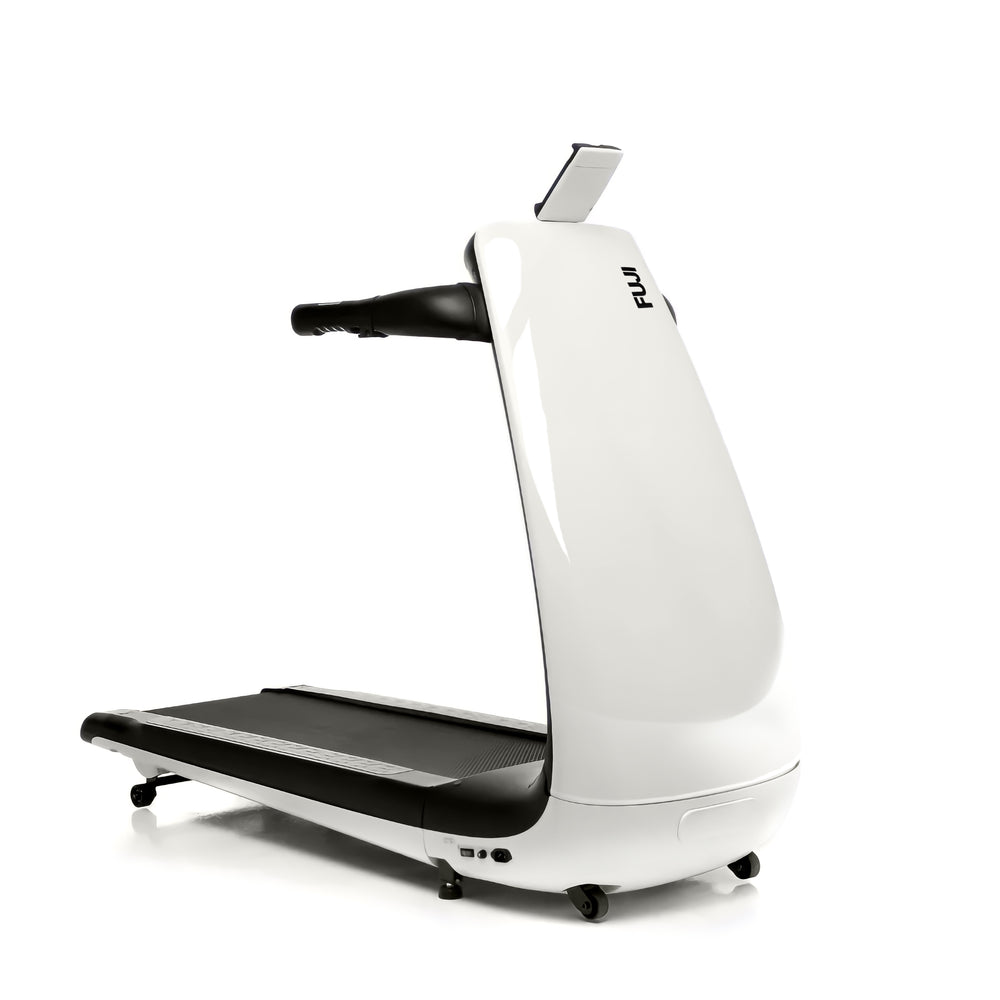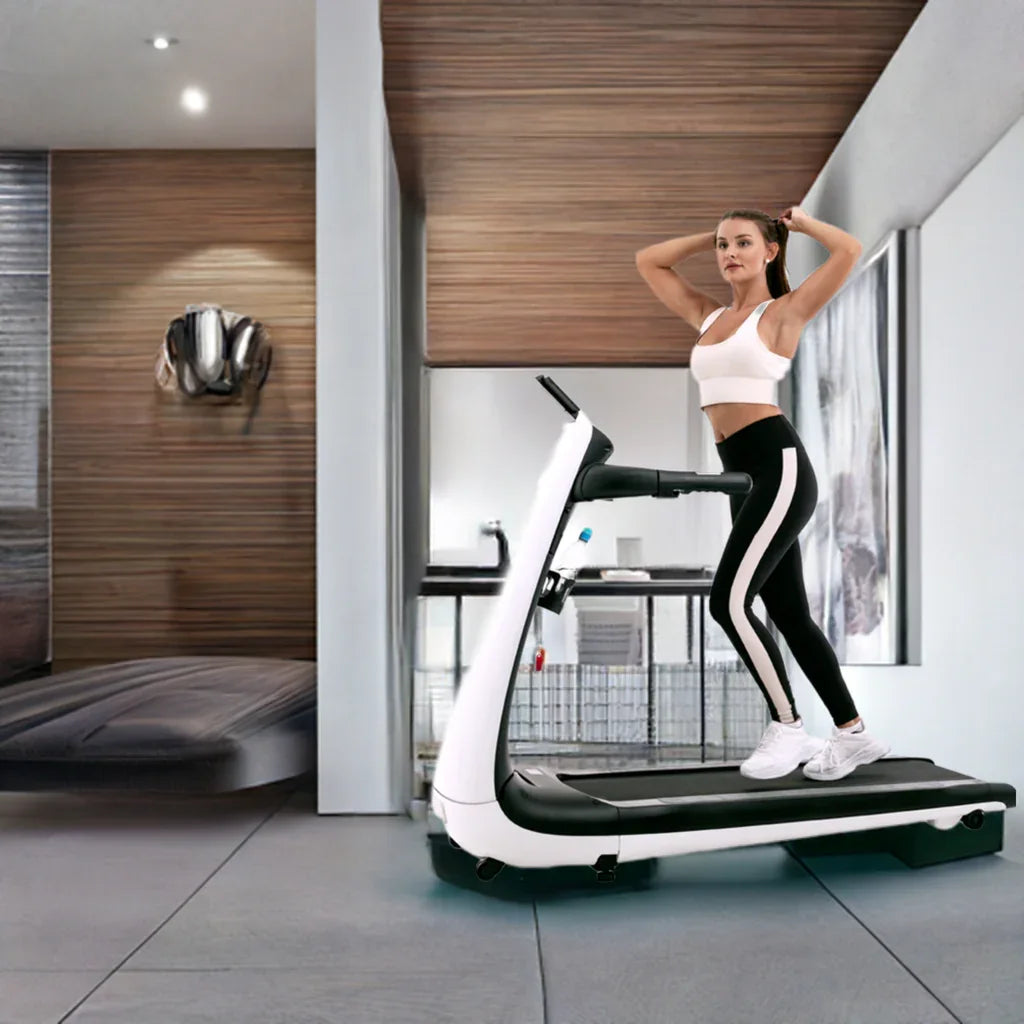There are moments when thinking feels crowded — not overwhelmed, just too full. Ideas sit close together, thoughts overlap, and finding a sense of direction requires more effort than it should. Many people try to “think harder” in these moments, but clarity rarely responds to force.
Walking, especially at a comfortable brisk pace, gives the mind something simple and rhythmic to anchor itself to. The act of stepping, breathing and moving in a steady pattern encourages mental space. Thoughts untangle. Ideas separate naturally. Solutions appear without being chased.
This is not a dramatic effect — it is steady and subtle. But it is consistent enough that many people find walking to be one of their most reliable thinking tools.
“When the body moves, the mind follows at a gentler pace.”

Why Walking Helps Clarify Thought
When we walk, the body engages in a balanced and repetitive movement. This rhythm influences how the mind organises information. Research into movement and cognition has shown that steady physical activity can support clearer thinking, problem solving and reflective processing.
The reason is straightforward:
- Walking increases circulation throughout the body
- The breath deepens naturally without instruction
- The nervous system shifts toward calm alertness
- The mind has something steady and predictable to follow
This combination reduces mental “noise” and allows thinking to become more structured without effort.
Why the Pace Matters
Brisk walking does not mean fast walking. The pace should be:
- Comfortable
- Sustainable
- Steady and natural
In other words: a pace where you could speak in full sentences without pausing for breath. When the body is comfortable, the mind is free to think without monitoring effort.
“Clarity arrives when effort lowers.”

Why Walking at Home Supports Better Thinking
Going outside for a walk is valuable, but not always practical. Time, weather, darkness, work demands and daily routines can interrupt the opportunity to move. Having a place to walk inside the home makes it possible to use walking as a thinking tool whenever clarity is needed — not only when conditions allow.
The Fuji BeHealthy treadmill supports this type of quiet, mental reset:
- Compact footprint: fits neatly into living spaces
- Folds smoothly: movement becomes available without occupying the room
- Quiet cushioned stride: suitable for morning or evening clarity
- Simple LED display: no distractions or unnecessary tracking

A Brisk Walking Routine for Clear Thinking
- Begin with 1–2 minutes of easy walking to settle into rhythm.
- Move into a comfortable brisk pace — steady and consistent.
- Walk for 10–15 minutes while allowing thoughts to unfold naturally.
- Avoid trying to “solve” anything — let the ideas come to you.
- Slow the pace for the final minute before stepping off.
This routine works even during short breaks in the day.
Frequently Asked Questions
When is the best time to walk for clearer thinking?
Anytime you feel mentally crowded or overstimulated. Many people prefer mid-morning or early afternoon, when focus naturally dips.
How long should the walk last?
10–15 minutes is usually enough to notice a shift in mental clarity. Longer sessions are fine if they feel comfortable.
Should I try to think intentionally while walking?
No. The aim is to allow thoughts to settle into a natural order. Clarity tends to appear when the mind is not being directed.
Do I need a fast pace?
No. A comfortable brisk pace is ideal — steady, but not breathless. The walk should feel natural, not effortful.
What about music or silence?
Either is fine. Some prefer quiet walking, others find low-volume instrumental music helps maintain rhythm. The key is that it does not distract attention.
How often should I do this?
As often as it feels helpful. Many people find once or twice per day works well, especially during transitions between tasks.
















